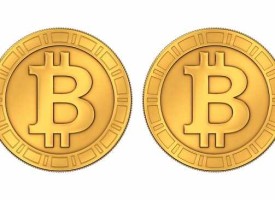In the month of December in 2013, the Forex saw the value of the Pakistani Rupee nosedive to a record low. The exchange rate back then was Rs 111 to the dollar. In the June of this year, the Finance Minister claimed to have managed to increase the value of the Pak Rupee by 11% since the advent of the PML-N government. The rate at the time of this claim was Rs 99 per US dollar.
However, this situation did not last for long. As of now, at the interbank market rates, the rupee shed five-paisa over the weekend and is now valued at Rs 98.80 for buying. It is also down by six-paisa for selling at Rs 98.8. In the open market, the rupee dropped by five-paisa versus the dollar for buying and selling at Rs 99.20 and Rs 99.40 respectively.
The reasons for this depreciation are many and complex. However, the problem mainly arises due the vast disparity between the amount of imports and exports, with exports at most $25.05 billion while imports reached $33 billion in 2013.
Although the rupee is under immense pressure, the high demand for dollar is normal in the currency and exchange market. The lower value of the domestic currency can be explained by our unfavorable terms of trade, as our exports mostly consist of inexpensive textiles and foodstuffs while imports are of petroleum derivatives and heavy duty machinery. The present political atmosphere is also not conducive to investment and this is directly affecting the growth prospects of the country. The national growth rate was a mere 3.59 percent in 2013 from the previous year and has reached about 4.1% in the 2013-2014 fiscal year.
If the Pak rupee stays under constant pressure, things can get quite ugly for Pakistan, both inflation and growth wise. We can deduce that present foreign investments may be withdrawn and potential investors will be put off. International trading ties may worsen as a direct consequence. Imported raw materials will also be more likely than not to cause a hike in the price of other commodities not traded internationally, leading to cost-push inflation along with the more obvious demand-pull kind.
These issues have to be taken care of this fiscal year so a need for borrowing does not emerge and the resultant budget deficit can be avoided.








No comments!
There are no comments yet, but you can be first to comment this article.